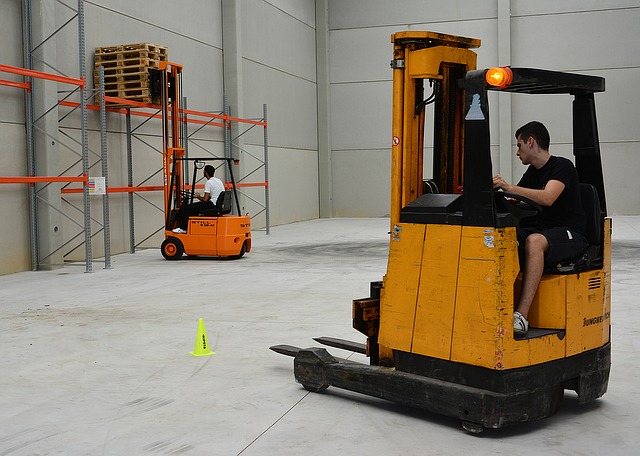The need for secondary education is almost expected in most professions; however, a traditional 4-year college is far from your only option. Vocational and trades schools are an attractive alternative, especially for those looking to pursue construction. Construction trade schools or vocational business, technology, healthcare, and agriculture are also popular alternatives.
The Benefits Of Construction Trade Schools From A Learning Perspective
Construction trades schools get straight to the point and allow students to practice and study skills required to succeed in their industry of choice. This is ideal for students who want to graduate sooner, rather than later, and students who don’t excel in a traditional classroom setting.
Instructors aren’t just instructors, but have first-hand industry experience. This hands-on training improves job security and makes students attractive candidates. This includes those training for skilled labor and the business side of construction. Many trades schools also have partnerships with local and nationwide firms actively looking to hire from their graduating classes.
Easing the Nationwide Student Debt
The average construction trade school costs somewhere in the ballpark of $33,000 total, compared to the average annual costs of around $25,000 per year for a state college. This alone makes education far more accessible for the cash-strapped low and middle class and leaves students with less student debt to pay off after graduation. This also goes a long way in reducing the nationwide student loan debt, which is currently around $1.3 trillion. Don’t forget scholarships and grants can be applied to vocational schools, and most allow students to apply for FAFSA.
Don’t Forget Vocational High Schools
Many public-school districts aim to combat unemployment and underemployment by creating free vocational high schools. When speaking in terms of construction, plumbing, building, electrical, and entry-level construction positions are popular subjects of study.
Easy Transition Into Employment
With the current talent shortage, ambitious entry and middle-level skilled laborers are being promoted at a rapid rate. This opens more entry-level construction positions, making for an easy transition into employment after receiving a trade certificate.
Comparatively, only 51% of college graduates find work in their field of study. Sometimes, it’s because they can’t find a position they desire, but also because they haven’t determined what they want to do. Students who attend vocational schools know precisely what they want to do, making applying for a job easier once they complete their education.
The Construction Industry Still Promotes From Within
You can have all the degrees in the world, but it means little to nothing if you cannot apply your knowledge in real-life. While many industries require a degree for even their entry level positions and require you to go back to school to advance, the construction industry is notorious for promoting from within. Even if a laborer never aspires to executive management, low and mid-level management and labor positions can achieve attractive salaries after just a few years in the industry.
Last, most entry level construction salaries provide a realistic living wage and as you gain tenure, a comfortable middle class wage. With hands-on craftsmanship being a necessity in the world of construction, choosing skilled labor is also a sustainable career choice. This makes construction trade schools a sustainable choice as well.






